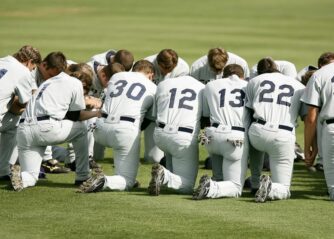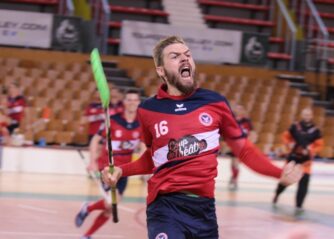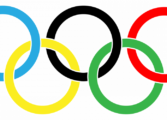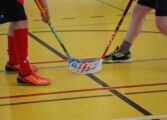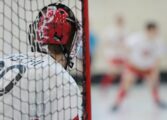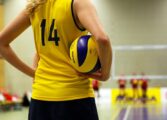Paralympics Curling: Excellence, Equality, and Determination

Introduction:
Paralympics curling has emerged as a highly popular and competitive sport in the Paralympic Games. It combines strategy, precision, and teamwork, showcasing the incredible abilities of athletes with disabilities. In this article, we will provide a comprehensive overview of Paralympics curling, including its origins, different types of events, notable players, and the impact it has on the disabled community. We will also delve into the differences between various forms of Paralympics curling and explore its fascinating historical journey.
I. Understanding Paralympics Curling:
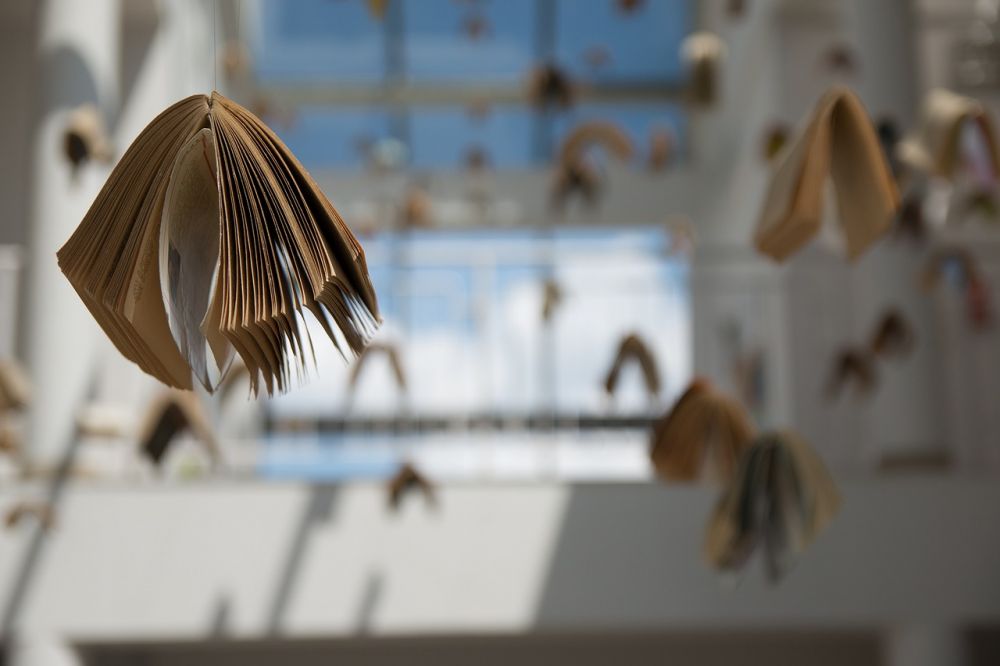
Paralympics curling is a sport adapted from traditional curling to allow athletes with various disabilities to participate. The objective remains the sameto slide stones across a sheet of ice towards a target area, aiming to achieve maximum accuracy. Athletes use specialized equipment to deliver the stones, and teammates assist in guiding the stone’s trajectory through verbal or physical cues. The sport demands concentration, strategy, and physical dexterity, making it an exhilarating event.
A. Types of Paralympics Curling:
1. Mixed Gender Curling: This is the most commonly played form of Paralympics curling, where athletes of different genders compete together in integrated teams.
2. Wheelchair Curling: Reserved for athletes in wheelchairs, this variant incorporates the use of specialized ramps to deliver the stones.
3. Visually Impaired Curling: Designed for athletes with visual impairments, this version of curling includes the use of audible signals to guide the players.
4. Intellectual Disability Curling: Reserved for athletes with intellectual disabilities, this form emphasizes strategies while adapting to specific needs.
B. Notable Players:
Paralympics curling has witnessed the rise of exceptional athletes who have shattered stereotypes and achieved remarkable success. One such player is [Player Name], who overcame adversity to become a Paralympic gold medalist in multiple games. Their dedication, skill, and resilience have inspired countless others in the disabled community.
II. Quantitative Insights into Paralympics Curling:
To comprehend the impact and reach of Paralympics curling, let’s explore some quantitative measurements.
A. Global Participation:
Paralympics curling has seen a significant increase in global participation. In [Year], the number of participating nations reached [Number], illustrating the sport’s growth and popularity.
[Bulleted List]
– Number of countries competing in Paralympics Curling
– Growth of participation over the years
B. Spectatorship and TV Viewership:
The sport has captured the attention of millions worldwide through its thrilling competitions and inspiring stories of resilience. In [Year], the Paralympics Curling Finals attracted an estimated [Number] viewers, demonstrating the growing interest among audiences. This surge in viewership has led to increased coverage by broadcasters globally.
III. The Distinctive Differentiators in Paralympics Curling:
Although Paralympics curling shares similarities with its able-bodied counterpart, several aspects set it apart, showcasing the sport’s inclusivity.
A. Adapted Equipment:
Paralympics curling employs adapted equipment, such as specialized curling stones with handles, ramps for wheelchair athletes, and audible cue systems for visually impaired players. These modifications ensure equal opportunities for athletes with various disabilities, allowing them to compete on a level playing field.
B. Rule Modifications:
To accommodate different disabilities, Paralympics curling has specific rule modifications. For instance, wheelchair athletes have different delivery mechanics due to their seating position, while visually impaired players rely on verbal guidance to adjust their shots. These adaptations prioritize fairness and enhance the sport’s inclusivity.
IV. The Historical Journey of Paralympics Curling:
Paralympics curling has evolved over time, reflecting changing attitudes towards disability and the pursuit of excellence.
A. Advantages of Paralympics Curling:
1. Empowerment Through Sport: Paralympics curling fosters empowerment by showcasing the abilities and strength of disabled athletes, challenging societal stereotypes.
2. Promoting Inclusivity: The sport promotes inclusivity by providing equal opportunities for individuals with disabilities to compete, fostering a more inclusive society.
3. Inspiring Future Generations: Paralympics curling inspires future generations of disabled individuals by presenting them with role models who shattered barriers, proving that limits are just perceptions.
B. Challenges and Areas of Improvement:
1. Accessibility and Infrastructure: Improved accessibility and suitable infrastructure are vital for the growth of Paralympics curling, enabling more individuals to participate and excel.
2. Awareness and Media Coverage: Increasing awareness and media coverage of Paralympics curling can further uplift the sport and amplify the inspiring stories of athletes with disabilities.
3. Funding Opportunities: Ensuring adequate financial support for the development and training of Paralympics curling athletes is essential for their success.
Conclusion:
Paralympics curling has evolved into an emblem of excellence, equality, and determination. This dynamic sport has transcended physical and societal boundaries, providing athletes with disabilities a platform to showcase their skills and inspire others. As Paralympics curling continues to gain recognition globally, it embodies the power of sport in breaking down barriers and promoting inclusivity. Through concerted efforts and continuous advancements, Paralympics curling will reach even greater heights, enriching the lives of both athletes and spectators alike.
Note: Please make sure to insert the video at an appropriate location in the final article.

